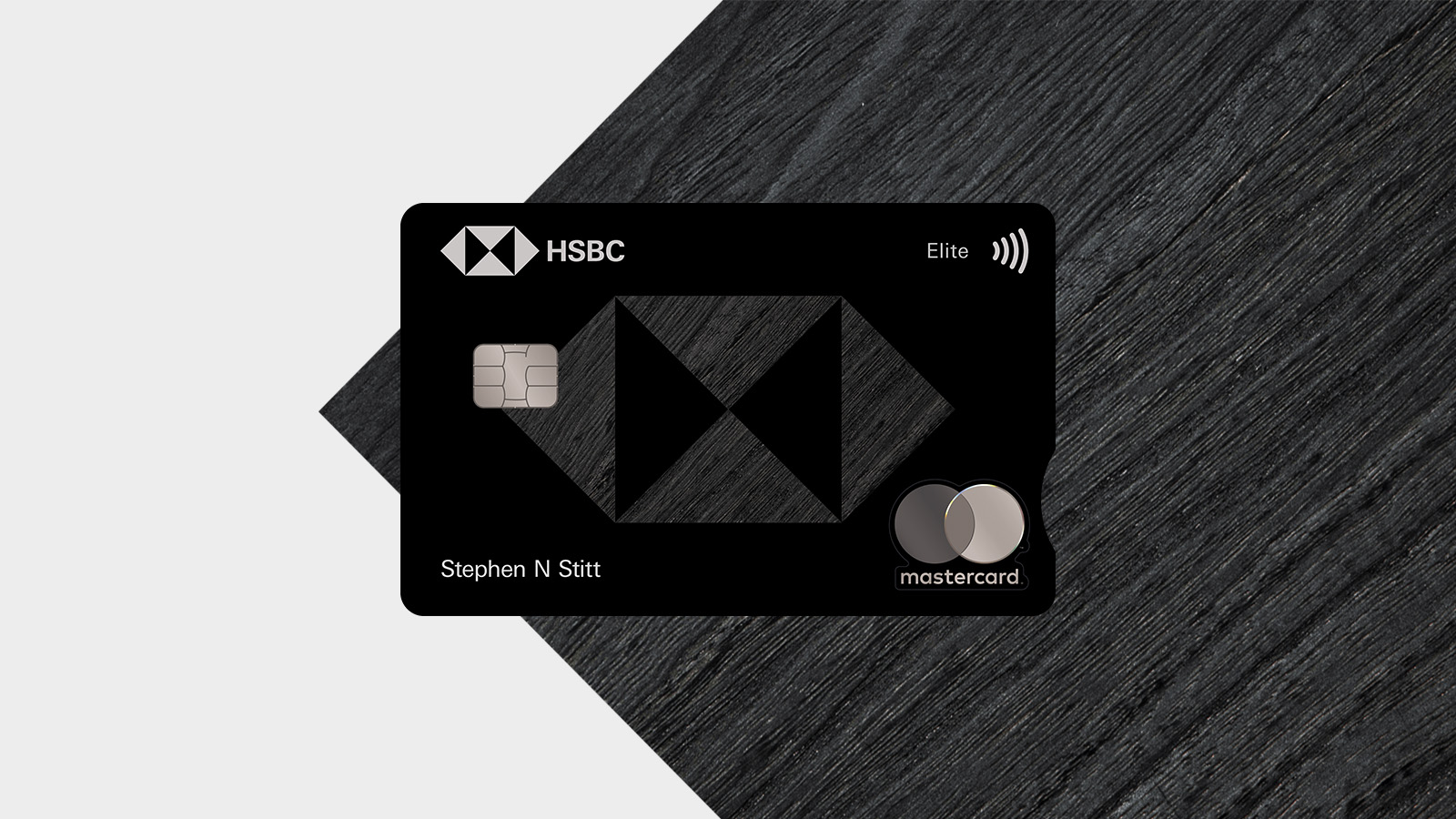Credit cards with cashback: is it worth it? Analysis of the best available options

Understanding Cashback Credit Cards
Credit cards that offer cashback rewards have emerged as a popular financial tool for consumers in the United States, allowing them to effectively enhance their spending power while benefiting from their everyday purchases. With many options available in the market, finding a card that aligns with individual spending habits can be a strategic move for personal finance management.
Cashback Rates
One of the primary considerations when evaluating cashback credit cards is the cashback rates. Typically, these rates can range from 1% to as high as 5% or more, depending on the card and the type of purchase. For example, mainstream cards may offer a flat rate of 1.5% on all purchases. However, some specialized cards provide higher rates for specific spending categories. A card might offer 5% cashback on groceries but only 1% on other expenditures. This structure rewards consumers for spending in categories where they tend to use their cards frequently, potentially resulting in significant cash back over time. Moreover, some cards rotate their spending categories quarterly, encouraging consumers to adapt their spending habits accordingly to maximize their rewards.
Spending Categories
The spending categories associated with cashback credit cards are another vital aspect to consider. Many credit cards designate certain categories that earn higher cashback rates, such as dining, travel, or online shopping. For instance, a card might provide 3% cashback on restaurant purchases while maintaining a lower rate for general expenses. Understanding your personal spending patterns is essential for choosing a card that will be most beneficial. If a consumer frequently dines out or shops online, selecting a card that rewards those behaviors can enhance their cashback accumulation significantly. Furthermore, some issuers even include bonus offers or promotional periods for specific categories, further boosting earning potential.
Annual Fees
Another important factor to analyze is the annual fees associated with these cards. While many cashback credit cards do not have annual fees, which can make them an attractive option for budget-conscious consumers, there are premium cards that charge an annual fee, often in exchange for enhanced rewards or additional perks like travel insurance or purchase protection. It is crucial to perform a cost-benefit analysis to determine whether the rewards earned exceed the card’s annual fee. For instance, if a card requires an annual fee of $95 but offers 2% cashback on all purchases, consumers need to spend at least $4,750 annually just to break even on the fee. Therefore, cardholders should carefully evaluate their potential earnings in conjunction with the associated costs.
Account Management and Financial Responsibility
While cashback credit cards can enhance purchasing power, they also come with responsibilities. Maintaining a balance that is paid in full each month is vital; otherwise, interest charges may quickly outstrip any rewards earned. For example, if a consumer carries a balance of $1,000 on a card with a 20% APR (Annual Percentage Rate), the interest paid could negate several months of cashback earnings. Additionally, those interested in leveraging cashback rewards should monitor their spending habits and ensure that they do not overspend simply to earn rewards. Developing a monthly budget and sticking to it minimizes the risk of accruing debt while maximizing the benefits of cashback cards.
Conclusion
In summary, cashback credit cards present a compelling opportunity for consumers to earn rewards on their everyday spending. By weighing the cashback rates, spending categories, and annual fees, prospective cardholders can make informed decisions that align with their financial goals. Evaluating one’s spending patterns, taking responsibility for account management, and understanding the terms and conditions of each card will ultimately determine whether a cashback credit card is a significant asset to an individual’s financial strategy.
DISCOVER MORE: Click here to uncover the benefits of mindful eating
Evaluating the Value of Cashback Credit Cards
As consumers delve into the world of credit cards, the allure of cashback rewards often becomes a significant factor in their decision-making process. Understanding the dynamics of how cashback works is essential for maximizing its potential benefits. Cashback can be viewed as a refund of a percentage of the total purchases made via the credit card. Therefore, the greater the expenditure, the higher the cashback received, assuming the card offers competitive rates. It is essential to note that cashback may come in various forms; some credit cards provide a statement credit, while others may issue checks or allow consumers to redeem rewards for gift cards or travel discounts.
Card Variance in Cashback Offers
Not all cashback credit cards are created equal. The variance in offerings can often lead prospective cardholders to overlook potentially lucrative options. Different issuers provide a diverse range of cashback opportunities, often structured in unique ways. Below are several types of cashback models typically found in the market:
- Flat-rate cashback: These cards offer a uniform cashback percentage across all purchases, making them a straightforward option for consumers who prefer simplicity in their budgeting.
- Categorical cashback: Many cards excel in particular spending categories, such as groceries, gas, or dining. This model rewards consumers for their regular spending habits and can accumulate significant cashback for those who consistently use their cards within these categories.
- Tiered cashback: Tiered programs offer differing cashback rates based on the spending threshold achieved each month. For instance, consumers might earn 1% cashback on the first $500 spent, 2% on the following $1,000, and 3% for all remaining purchases within the billing cycle.
- Rotating categories: Some cards employ a quarterly rotation of cashback categories, requiring cardholders to activate new offers regularly. This approach can encourage strategic spending, though it does require consumers to remain engaged and aware of ongoing promotions.
It is vital to assess personal spending patterns against these different cashback structures. For example, if a consumer averages $200 monthly in dining expenses and selects a card that offers 3% cashback on dining, they could earn an additional $6 each month—translating to $72 in a year solely from dining-related purchases. In contrast, consumers who do not frequently spend in the high-reward categories may find that a flat-rate card best suits their needs.
Impact of Usage on Rewards
The actual value of cashback rewards is inherently linked to the usage patterns of the cardholder. A common misstep among consumers is to focus exclusively on the cashback percentages without contemplating the total expenditures. For example, a card offering 5% cashback on certain categories may not be worth it if the consumer spends infrequently in those areas. Conversely, a card with a lower percentage that aligns with a consumer’s regular spending habits may yield greater returns.
Ultimately, understanding how these components interact determines the efficacy of a cashback credit card in exceeding mere utility. Prospective cardholders must engage in rigorous evaluation, aligning their chosen card with both their spending behaviors and financial goals.
DISCOVER: Click here to learn more about the power of community support
Analyzing Popular Cashback Credit Cards
To determine whether a cashback credit card is worthwhile, consumers should examine several popular options available in the market today. Each card presents a distinct set of features, which may appeal to specific spending habits and lifestyles. Below are some of the most compelling cashback credit cards currently offered in the United States:
- Discover it® Cash Back: This card is particularly beneficial for those who frequently shop in categories that rotate every quarter. It offers 5% cashback on up to $1,500 in purchases in selected categories, such as gas stations and restaurants, and 1% on all other purchases. New cardholders also receive a dollar-for-dollar match on all cashback earned in the first year, significantly increasing potential rewards.
- Citi® Double Cash Card: With a straightforward approach, this card offers a dual cashback structure—1% on all purchases and an additional 1% when those purchases are paid off. This allows cardholders to earn up to 2% cashback on all transactions, making it one of the most lucrative flat-rate options available.
- Chase Freedom Flex℠: This card combines a rotating cashback model with additional benefits. It provides 5% cashback on up to $1,500 in bonus categories each quarter, 3% on dining and drugstores, and 1% on all other purchases. Its versatility allows consumers to maximize rewards across various spending categories, and it does not charge an annual fee.
- Blue Cash Preferred® Card from American Express: This credit card shines in the category of supermarket spending, offering 6% cashback on up to $6,000 per year in U.S. supermarket purchases. Additionally, cardholders receive 3% cashback on transit expenses and 1% on all other purchases. However, it comes with an annual fee, which consumers should weigh against expected rewards.
In assessing these cards, it’s important for consumers to consider accompanying factors such as annual fees, foreign transaction fees, and introductory offers. For instance, while a card may initially appear attractive due to high cashback percentages, an annual fee could offset those benefits if the consumer does not spend enough to meet the threshold for earning rewards. Moreover, understanding the structure of cashback redemption is crucial. Some cards offer immediate cash back, while others require a minimum threshold before rewards can be accessed.
Additional Considerations for Cardholders
Another essential aspect to consider is the impact of credit utilization on a cardholder’s credit score. Utilizing a cashback credit card can be financially advantageous, but maintaining a balance near the credit limit could lead to increased credit utilization ratios, which may negatively affect credit ratings. Therefore, best practices include paying off balances in full each month to avoid accruing interest and maintaining a healthy credit score.
Moreover, consumers should remain vigilant regarding promotional offers and annual spending requirements associated with certain cashback categories. For instance, a card might provide a high cashback rate in a particular category for a limited time, yet may revert to a lesser rate after the promotional period elapses. Cardholders must stay informed to keep their cashback earnings optimized.
Ultimately, determining whether cashback credit cards are worth pursuing requires a comprehensive analysis of both personal spending habits and available card options. By aligning the features of chosen cards with their financial behaviors and preferences, consumers can position themselves to make informed decisions that yield rewarding returns.
DIVE DEEPER: Click here for more insights
Conclusion
In conclusion, cashback credit cards can provide substantial financial benefits to consumers who strategically align their spending with the features of various card offerings. By analyzing popular options such as the Discover it® Cash Back, Citi® Double Cash Card, Chase Freedom Flex℠, and Blue Cash Preferred® Card from American Express, consumers can identify cards that best suit their purchasing habits and financial goals. The potential for cashback rewards, particularly in high-spending categories, can translate into meaningful savings, especially for those who are disciplined in their repayment strategies.
However, the decision to pursue a cashback credit card should not be made lightly. It is imperative for consumers to consider annual fees, spending requirements, and how cashback is earned and redeemed. Moreover, maintaining a healthy credit score is crucial, as high credit utilization can negate some of the benefits of cashback earnings. The value derived from these cards often hinges on responsible credit use and a thorough understanding of one’s spending patterns.
Ultimately, while cashback credit cards can indeed be worth it, the key lies in making informed choices that reflect personal financial circumstances and habits. By carefully evaluating the best options available and staying vigilant regarding promotional offers, consumers can maximize their cashback and enjoy a rewarding financial experience.


